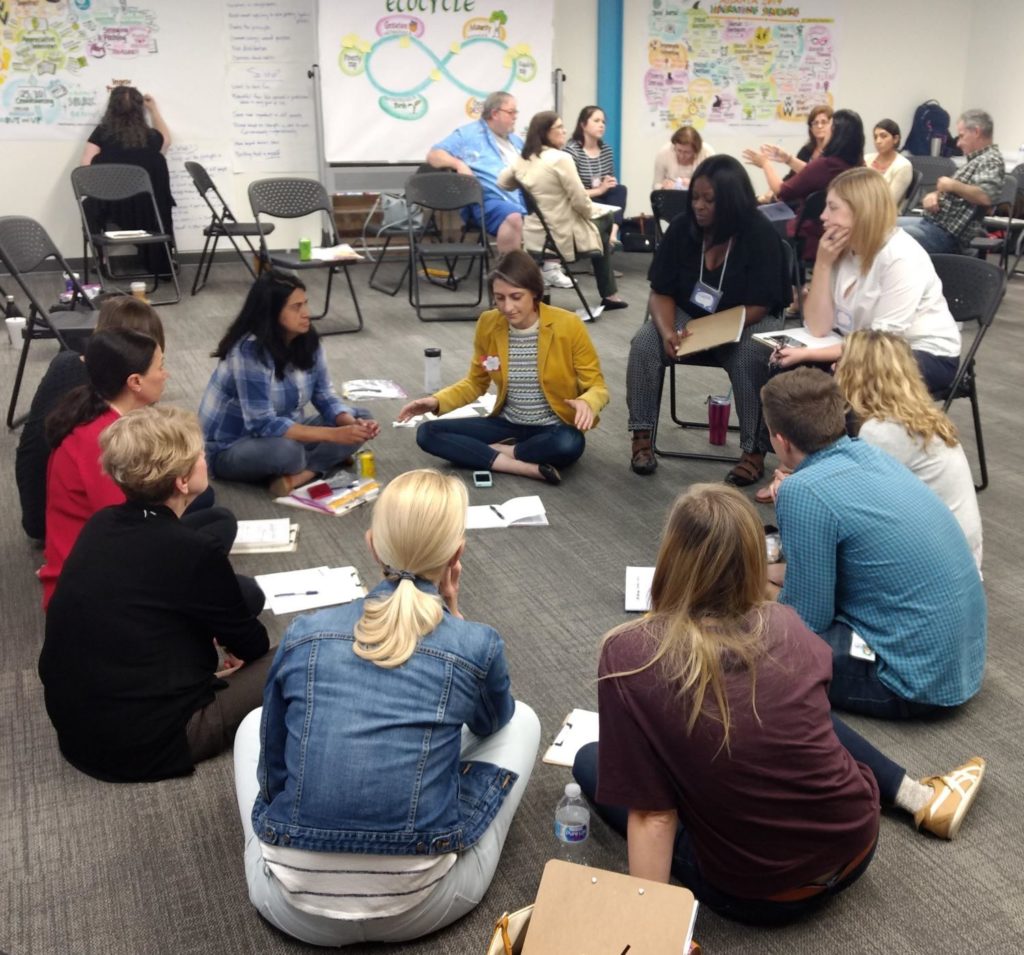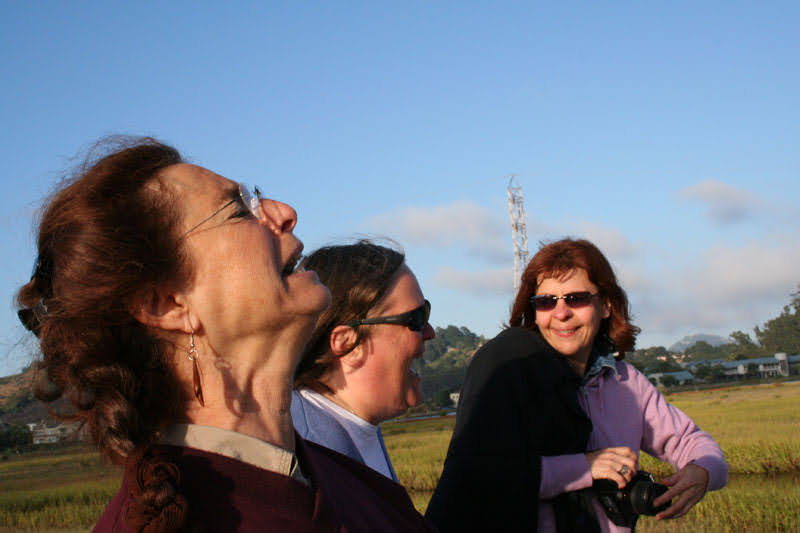The amazing Tom Atlee wrote a post in 2014 calling for wiser research on collective wisdom. It is a powerful piece of writing and still worth your time to click on the link. What sticks with me is his attention to the need for (and inherent messiness) of including diverse voices in collective wisdom. From the days of George Floyd’s death in 2020 and the voices and conversations that emerged, we need to consider Tom’s ideas more than ever.
Here is a teaser to get you started…
I take issue with another major assumption of the “wisdom of crowds” thesis advanced by James Surowiecki, author of The WIsdom of Crowds – specifically, his bias against conversation, dialogue, and deliberation. Harri Oinas-Kukkonen summarizes that assumption as follows: “Too much communication can make the group as a whole less intelligent.”
This principle exhibits a profound ignorance of the varieties of communication and conversation – an ignorance that prevents researchers in the field from even glimpsing – to say nothing of clarifying – more comprehensive and authentic forms of collective intelligence and wisdom. Most forms of collective intelligence and wisdom are deeply dependent on the interaction of diverse entities, usually in the form of conversation.
When Surowiecki and his followers speak out against communication among the guesstimators in a “wisdom of crowds” exercise, what they are actually speaking out against (without realizing it) are interactions that reduce the level of diversity in the system. What produces the crowd’s accurate collective answers is aggregation of its non-manipulated diversity. This is one way to “use diversity creatively” – a central feature of collective intelligence. But this “wisdom of crowds” aggregation approach is limited to getting collective answers to questions of fact – including predictions (future facts) and currently unknown facts (like the location of a sunken submarine).




